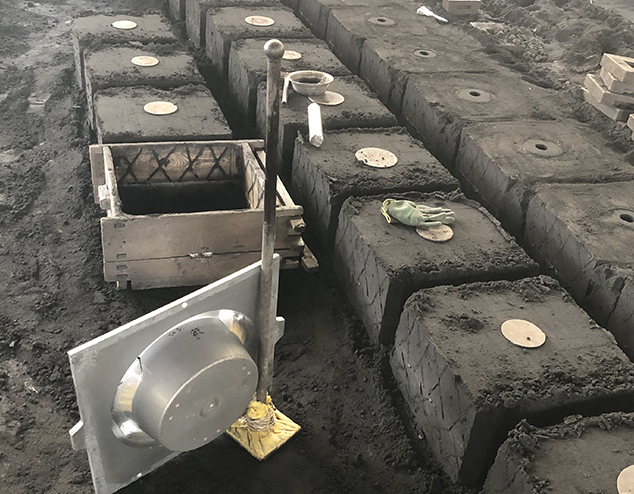Main Steps in Sand Casting
Sand casting, a traditional method in foundry production, utilizes sand as the primary modeling material for mold preparation. It offers significant advantages, such as flexibility in part shape, size, complexity, and alloy type, along with a short production cycle and low cost. Widely employed, especially for single pieces or small batches, the process involves several key steps.
Sand Preparation:Prepare molding sand and core sand using a sand mixer, combining used sand with the appropriate amount of clay.
Pattern Making:Create molds and core boxes based on part drawings. Wooden molds are suitable for single-part production, while plastic or metal molds are used for mass production. Modern techniques, such as engraving machines, expedite mold making, reducing the production cycle to 2 to 10 days.
Molding:This encompasses sand molding, core making, and mold fitting.
Sand Molding: Form the casting cavity with molding sand.
Core Making: Produce cores for shaping the internal structure.
Mold Fitting: Assemble upper and lower sandboxes after placing the cores inside.
Melting:Ensure the chemical composition matches the required metal. Select a furnace to melt the alloy material, forming qualified liquid metal. Electric furnaces are now preferred due to environmental concerns.
Molten Metal Pouring:Pour molten metal from the electric furnace into the mold using a ladle. Controlling pouring speed is crucial for uniform cavity filling. Caution is required due to the potential danger.
Sand Removal:After solidification, use a hammer to remove the sprue and shake off sand from the castings. Sandblasting provides a clean surface. The castings undergo inspection before leaving the factory.
Grinding:For castings with special requirements or inadequate surface finish, grinding with a wheel or grinder is necessary to remove burrs and enhance the casting's appearance.
Inspection:Though non-conforming castings are typically identified during cleaning and grinding, a final inspection is necessary. For castings with assembly requirements, a set of tools or through-stop gauges ensures assembly integrity.
In conclusion, these eight steps shape the castings, with further machining needed for high-precision requirements. As casting technology advances, traditional sand casting may be improved or replaced by other methods, highlighting the constant need for innovation in the foundry industry.

Dongrun Casting have 20000 square meters facility houses and 200 production & test equipment, From quotation and tooling design to casting and finished machining, we can work with you at every stage. We serves wide range of industries-from Fortune 500 corporations to small and midsize OEMs. Our products includes: Automotive&Trucking, Electric Utility & Communications, Metering System, Hydraulic Industry, Medical Devices, Lighting, Fuel and Gas Pressure, Furniture parts.
More Details : www.dongruncasting.com
